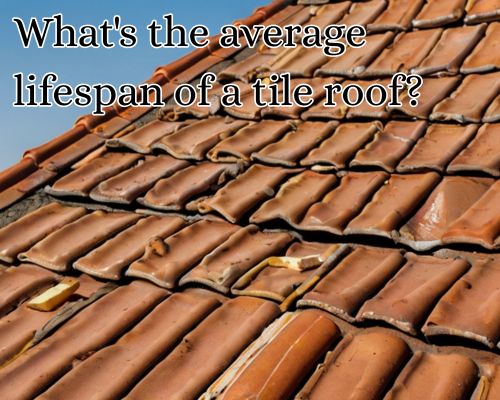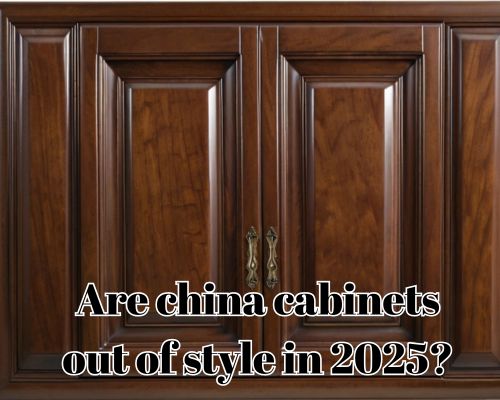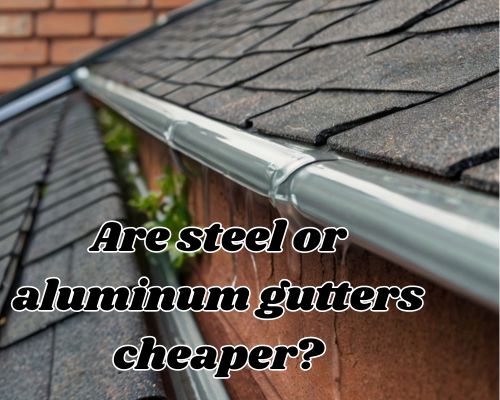How Often Should Hot Water Systems Be Replaced?
How Often Should Hot Water Systems Be Replaced?
Introduction: Why Replacing Your Hot Water System Matters
For homeowners in Warragul, Victoria, a dependable hot water system is essential for daily life — from warm morning showers to washing dishes after dinner. However, like all home utilities, water heaters don’t last forever. If you’ve ever wondered, “How often should hot water systems be replaced?”, you’re not alone. Knowing the optimal replacement timeline can save you from costly emergencies, reduce energy bills, and improve home comfort.

In this guide, we’ll break down the key factors affecting hot water system lifespan, indicators that your unit may be due for an upgrade, and replacement tips — all tailored for residents in Warragul, Australia.
✅ Typical Lifespan of Hot Water Systems in Australia
The average lifespan of a hot water system in Australia ranges between 8 to 15 years, depending on the type and quality of the unit. Here’s a general breakdown:
| Type of Hot Water System | Average Lifespan |
|---|---|
| Electric Storage Tank | 8–12 years |
| Gas Storage Tank | 8–10 years |
| Continuous Flow (Instantaneous Gas) | 10–15 years |
| Heat Pump | 10–15 years |
| Solar Hot Water System | 12–20 years (with maintenance) |
In Warragul’s temperate climate, systems are not under extreme thermal stress. However, water hardness, usage patterns, and maintenance frequency still play crucial roles in determining longevity.
🚨 Signs It’s Time to Replace Your Hot Water System
Even if your system hasn’t reached its upper age limit, several tell-tale signs indicate that it’s time to consider a hot water system replacement:
- Inconsistent water temperature
- Rusty or brownish water
- Unusual noises (e.g., rumbling or popping sounds)
- Water leaking around the tank
- High energy bills
- Frequent repairs needed
If you notice any of these symptoms in your Warragul home, especially during the colder months, it may be time to call a local licensed plumber for an assessment.
🔧 Local Insight: Water Quality in Warragul and Its Impact
One of the lesser-discussed yet vital aspects of hot water system performance is local water quality. In Warragul, the town water supplied by Gippsland Water is considered moderately hard, which can gradually lead to mineral buildup in storage tanks and heat exchangers.
This buildup, primarily from calcium and magnesium, reduces energy efficiency and speeds up corrosion. Homeowners in Warragul can counteract this by:
- Installing sacrificial anodes in storage tanks
- Scheduling annual maintenance flushes
- Opting for stainless steel tanks when replacing
These preventative strategies can stretch your system’s lifespan closer to its maximum and delay replacement.
💲 Cost Considerations: Replace or Repair?
The decision to repair or replace often boils down to cost-effectiveness. For example:
- A repair on a leaking tank might cost $200–$500
- A full system replacement may cost anywhere between $1,000–$3,500, depending on the system type and installation complexity
In many cases, investing in a new energy-efficient model saves more money over time than continually fixing an outdated unit.
In Warragul, residents may also qualify for Victorian Energy Upgrades (VEU) rebates when switching to more eco-friendly models like heat pump or solar hot water systems — so it’s worth investigating with local providers.
🌱 Energy Efficiency: A Motivator to Upgrade
The energy rating of modern hot water units can significantly affect your annual power bill. According to Sustainability Victoria, water heating accounts for approximately 21% of household energy use.
Replacing an aging electric storage system with a heat pump or solar hot water system could cut your energy usage by more than half — particularly attractive for Warragul residents facing rising utility costs.
Local plumbing services in Warragul often recommend brands like:
- Rheem
- Dux
- Aquamax
- Rinnai
- Bosch
These brands offer high-efficiency systems backed by extended warranties and local support.
🛠️ Who Should You Call in Warragul?
When considering a system replacement, it’s essential to engage a licensed plumber or hot water specialist. A professional can:
- Assess your household’s daily water usage
- Recommend the best system type and size
- Handle installation and ensure compliance with plumbing regulations
- Advise on rebate eligibility
Local businesses in Warragul such as Warragul Plumbing, South East Hot Water, or Gippsland Gas & Plumbing have reputations for quick response times and quality workmanship. Checking Google Reviews or asking your neighbours for referrals is always a good starting point.
📆 Replacement Frequency by Scenario
Let’s answer the core query: How often should hot water systems be replaced?
Here’s a simplified rule of thumb based on usage and system type:
| Scenario | Recommended Replacement Interval |
|---|---|
| Light usage (1–2 people, efficient system) | Every 12–15 years |
| Average usage (3–4 people) | Every 10–12 years |
| Heavy usage (5+ people) | Every 8–10 years |
| Off-peak electric system | Every 8–10 years |
| Poor maintenance or hard water | Every 7–9 years |
Replacing your unit before it fails (i.e., proactive replacement) allows more time for planning and choosing the right model, instead of rushing in crisis mode.
⚖️ Final Thoughts: Smart Planning for Long-Term Comfort
To sum up: most hot water systems in Warragul should be replaced every 8 to 12 years, depending on their type, quality, and usage. Local conditions like water hardness and temperature fluctuations can also influence lifespan.
Being proactive about replacement ensures continued comfort, lower utility bills, and avoids those dreaded cold showers. For anyone unsure about their unit’s condition, a quick inspection by a Warragul plumbing professional could offer peace of mind and practical guidance.














